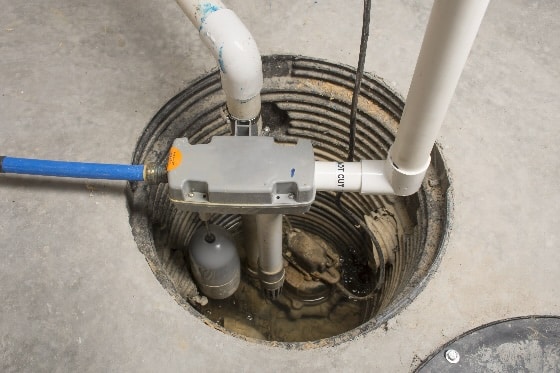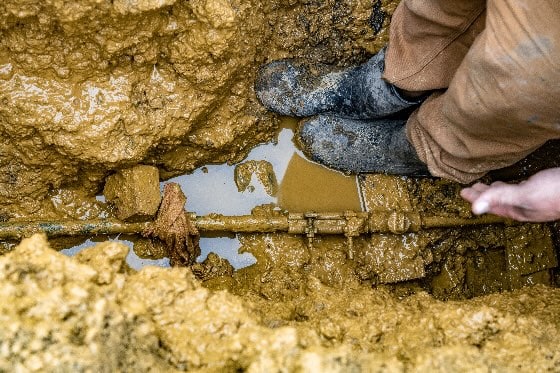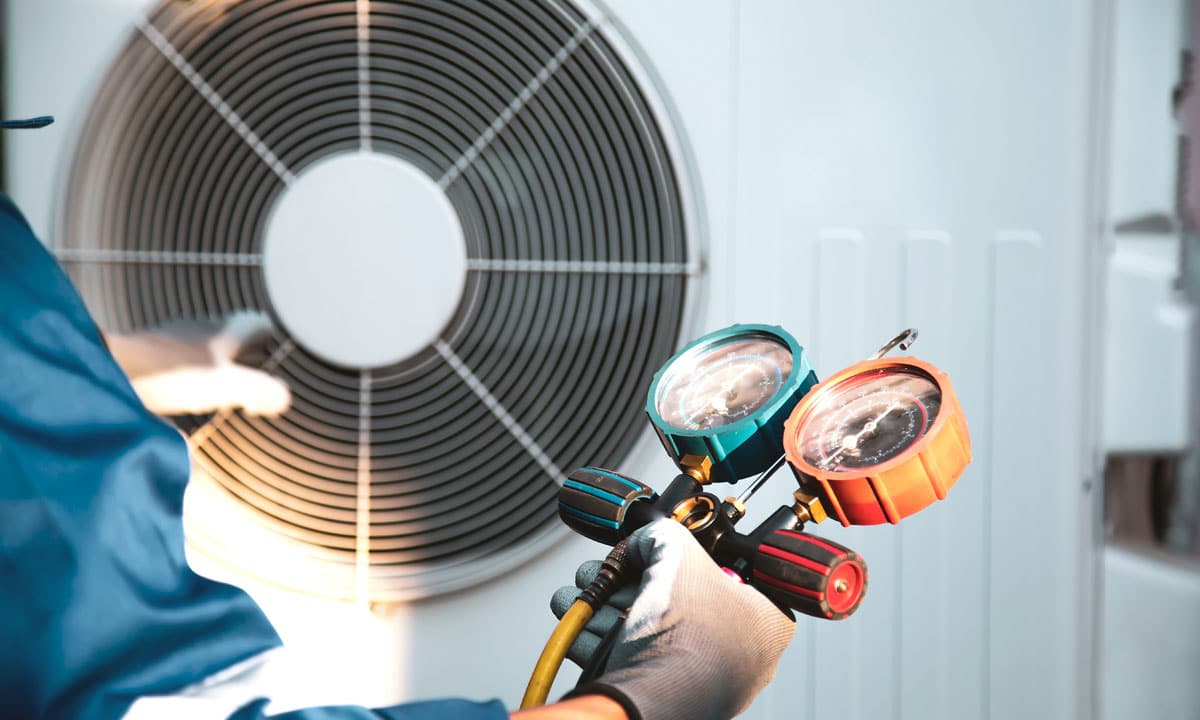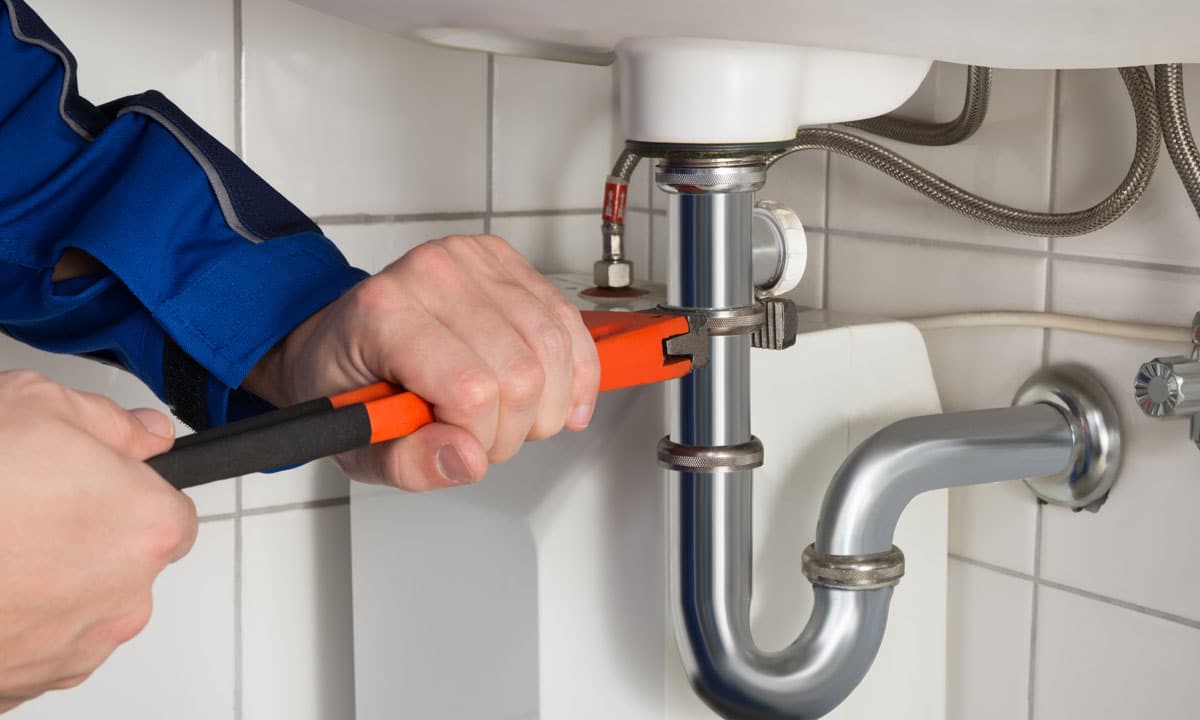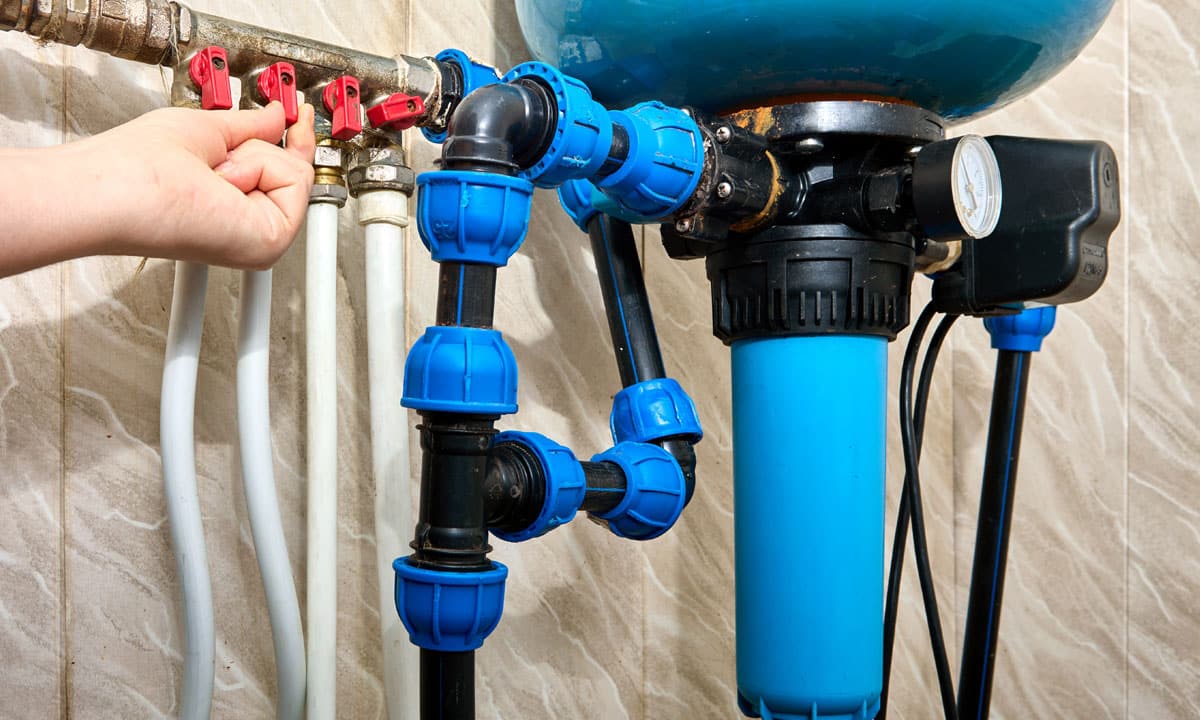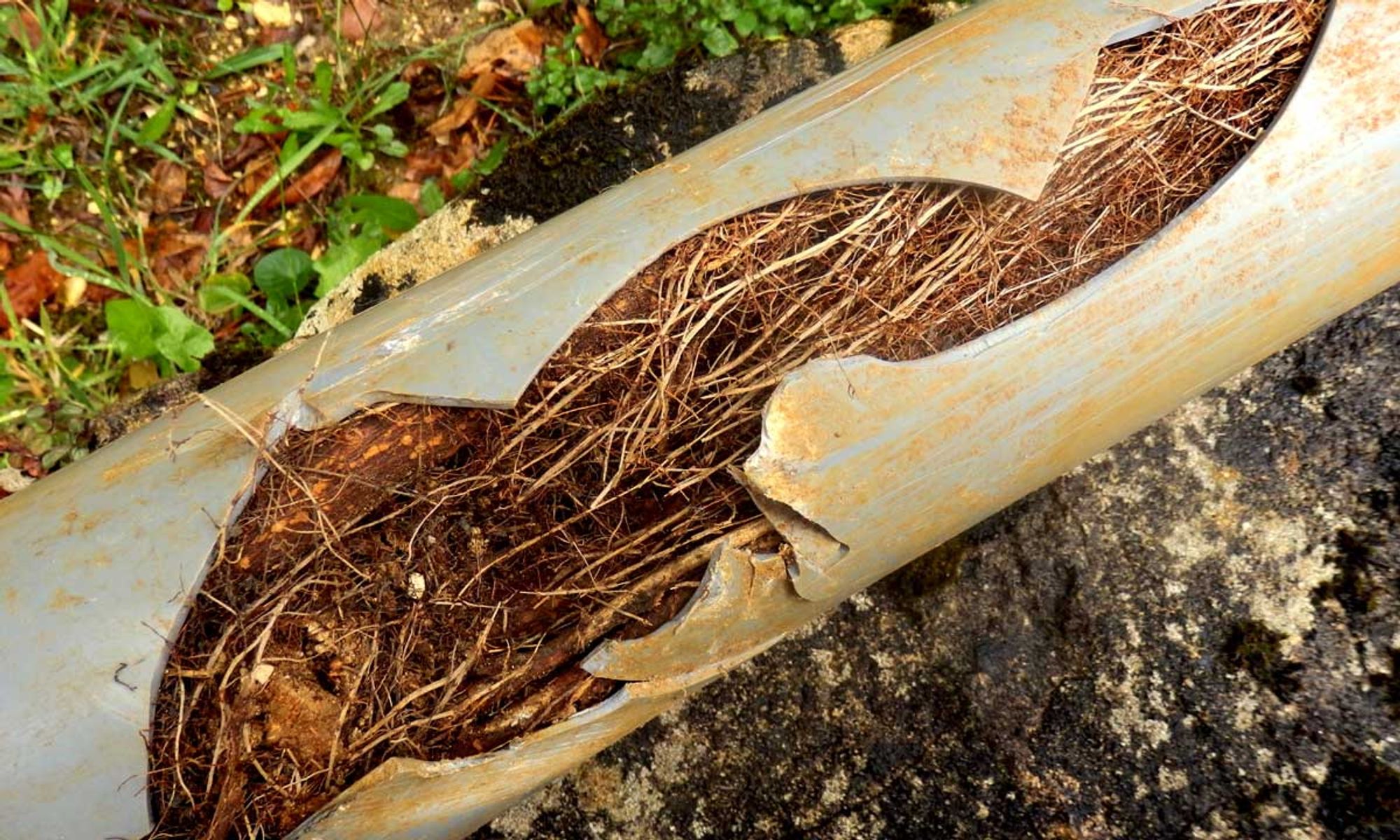A sump pump is designed to remove accumulating water from a basin and it can generally be found in the basement. They are installed in order to prevent flooding which can cause extensive damage to the home. Even small amounts of standing water are dangerous because they can cause mold to develop. But what happens when the sump pump fails? The first sign of failure is usually during or after a storm when you notice flooding in your basement.
Sump Pumps:
What Can Go Wrong with a Sump Pump?
Power failure during a storm is a common reason for the unit to stop working, It is tied into your home’s main electricity line and won’t work when you lose power. The best solution in this case is to use a generator to restore power and get it running again.
Poor installation is another possible problem. If the unit is too big, it has a lot of extra work to do and that can put added pressure on it to get the job done. If the unit is too small, on the other hand, it won’t be effective at removing the water. For best results, ensure that you have the right size sump pump properly installed. A plumber can do this type of job if its not something you are comfortable doing.
Fixing a Broken Sump Pump
Often the sump pump failure is a quick fix. Determining the reason why the unit failed can take a little trial and error. Mechanical issues can also occur that would cause the sump pump to stop working because the switch changes positions. Clogged or frozen lines prevent the water from being sucked through them, which can cause a backup into the basement. These can all be the result of poor maintenance.
Sump Pump Maintenance Tips
Regular maintenance is the key to extending the lifespan of your sump pump. Simple things can be done every three months, or even once a year, in order to keep the unit running properly and save you money down the road. When the components have wear and tear, they eventually break and flooding can occur.
- To avoid costly repairs, check the mechanical parts of the unit to make sure they are all intact.
- Even the smallest things can jam the valves. Make sure they are clear of dirt, debris, and pebbles.
- Clear the discharge line and free any blockages.
- Add a float guard to prevent the float switch from staying in the on position.
- Replace the backup battery (if your unit has one) so that it can run even when the power is out.
- Test the pump every once in a while by pouring water down the hole to see if it is working right.
- Make sure the unit is standing tall and not leaning to one side or the other.
As with any type of household unit, sump pumps break down over time. An older model may actually need to be replaced. In fact, sump pumps only have a life expectancy of roughly seven years.
If you do need to replace your sump pump, and would like it installed professionally, trust the professional plumbers at Done Plumbing to get it done right, the first time.

